Bright Forensics
An AI-based SaaS solution designed to help forensic doctors efficiently solve identification cases using dental images
Client
Product
Done at
My Role
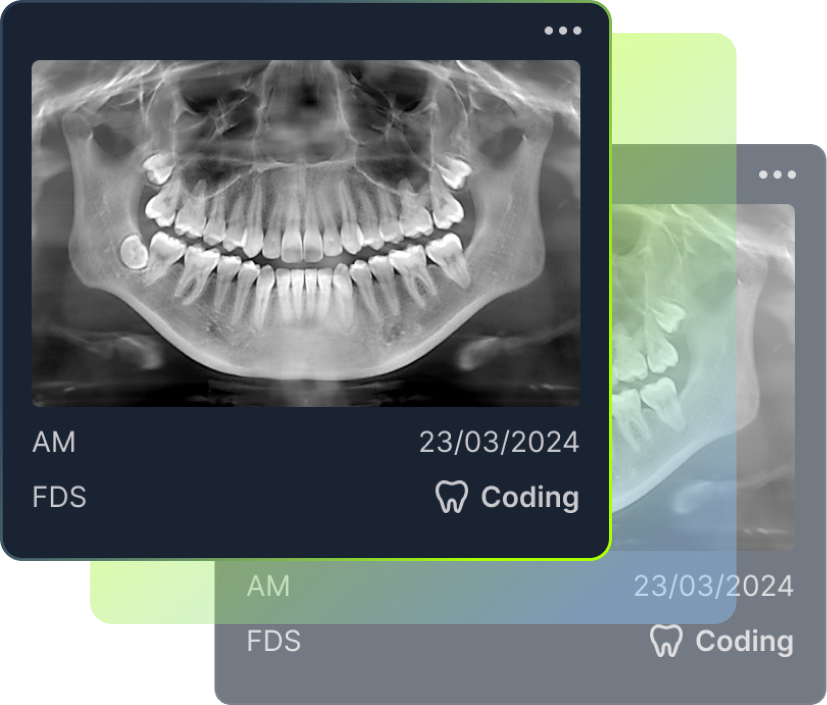
An AI-based SaaS solution designed to help forensic doctors efficiently solve identification cases using dental images

Forensic odontologists, also known as forensic dentists, are often called upon to identify human remains when face recognition, fingerprints, or other methods fail.
This project is a SaaS software solution designed to assist forensic doctors in solving identification cases more efficiently. The software, which features a dark interface suited for low-light environments, integrates advanced AI technology and efficient workflows which aims to reduce the average case resolution time, thereby enhancing overall productivity and accuracy in forensic investigations.
Solving a forensics case using dental images involves matching dental records of a person taken before death (antemortem) with those taken after death (postmortem) to establish their identity. This process is crucial in identifying unknown remains, as dental structures are unique to each individual and often remain intact even in severe conditions. By comparing features such as tooth structure, fillings, and other dental work, forensic experts can confirm that the profiles match and conclude that they belong to the same person.
The current forensics case identification process is time-consuming and inefficient. Outdated technology and the use of multiple software programs complicate the workflow for forensic experts. Strict bureaucratic procedures and limited staffing also contribute to delays. Together, these issues hinder the timely and accurate identification of bodies.
Strict procedures must be followed to legally confirm an identification; it’s not enough to simply declare a match.

Relying on outdated technology which making the identification process more challenging.

Using multiple software programs, complicating the identification process and reducing efficiency.

Limited staffing results in fewer experts, causing delays and increased workloads
Enhancing case management efficiency is expected to expedite case resolution. Currently, users spend an average of 4 hours to solve a case once they have all the necessary information. By implementing a more intuitive and coherent process, we anticipate reducing this time frame significantly.
In order to better understand the forensic workflow we've scheduled a few one hour zoom interviews with 5 potential users (professionals in the forensics field) where we asked them to walk us through their work process and allowed us to ask important questions regarding their pain points.

After the user interviews in order to gain a comprehensive understanding of the tasks involved in identifying a case, we conducted a UX task analysis. This analysis mapped out each step that forensic experts undertake, from initial data collection to final identification. By identifying pain points and inefficiencies in the current workflow, we can design a more intuitive and user-friendly solution that addresses these challenges, ultimately improving case resolution times.
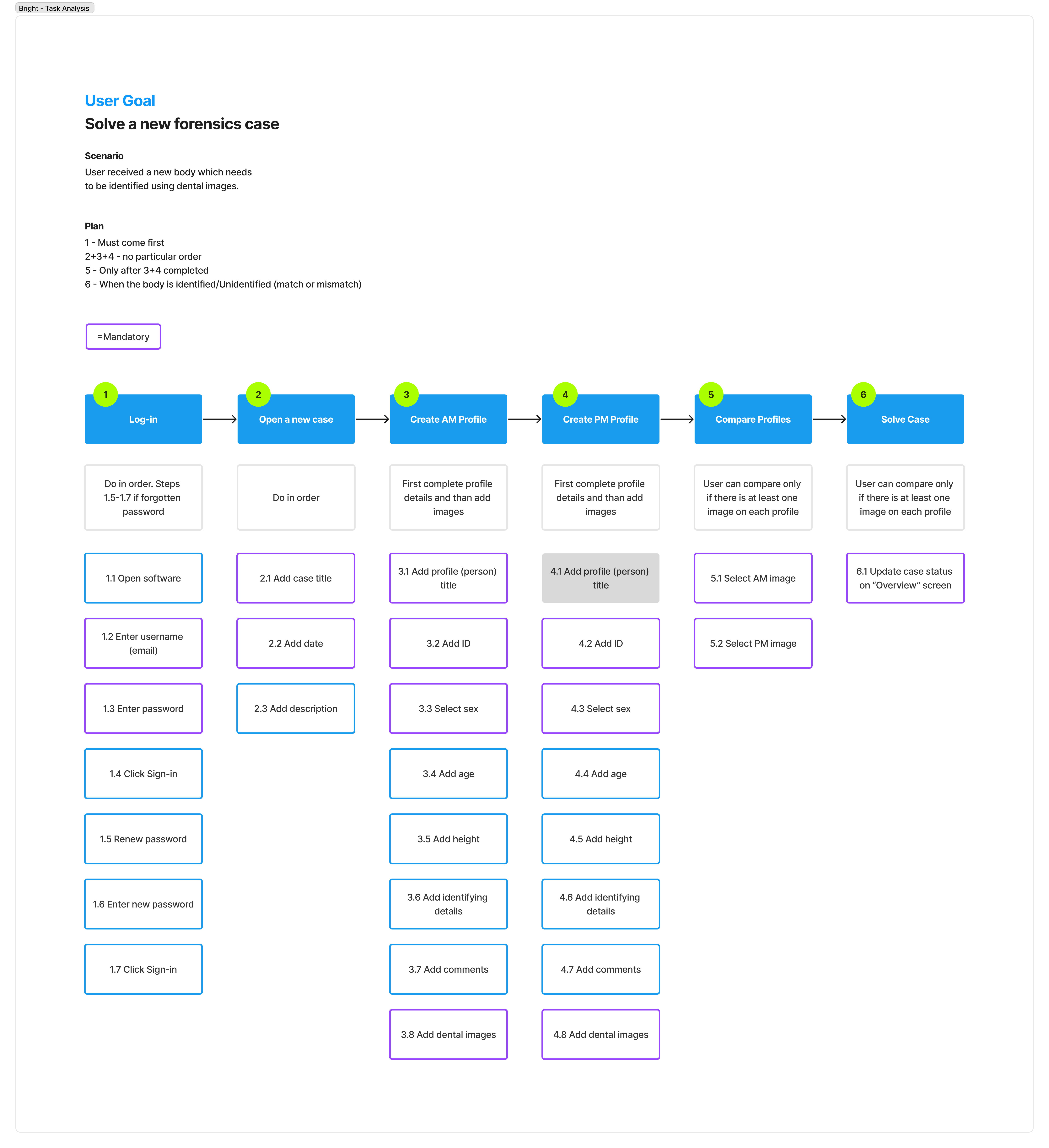
After understanding core user tasks, we've built a user flow for the MVP version, outlining step-by-step goals and actions users need to take to solve a case quicker. This structured approach ensures that each task is optimized for efficiency, helping forensic experts navigate the identification process more smoothly and effectively.




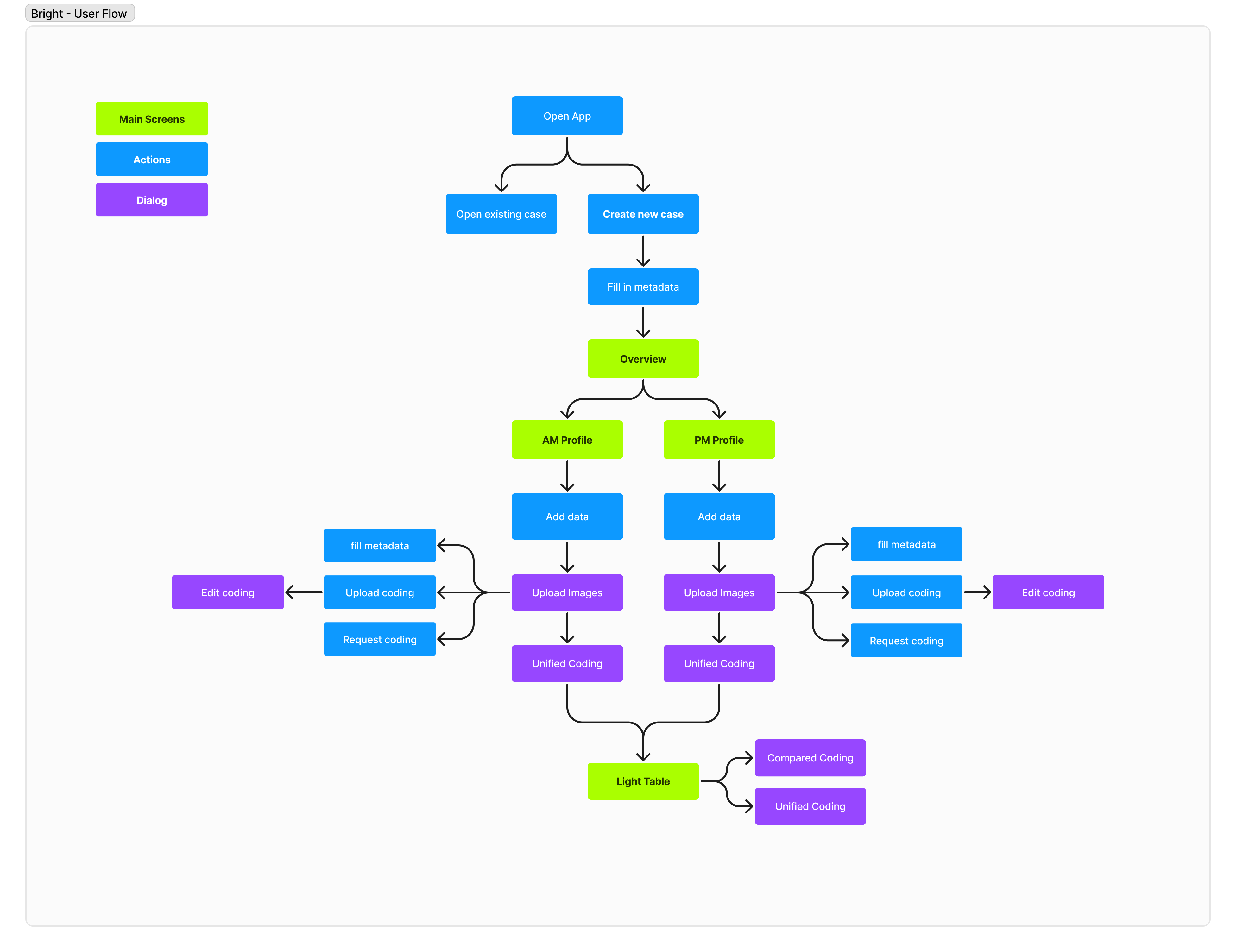
For the usability testing phase, we tested our MVP flow using basic wireframes to gather user feedback before advancing with the design. This preliminary testing allowed us to identify potential issues and make informed adjustments, ensuring the final product would meet the needs of our users as effectively as possible.

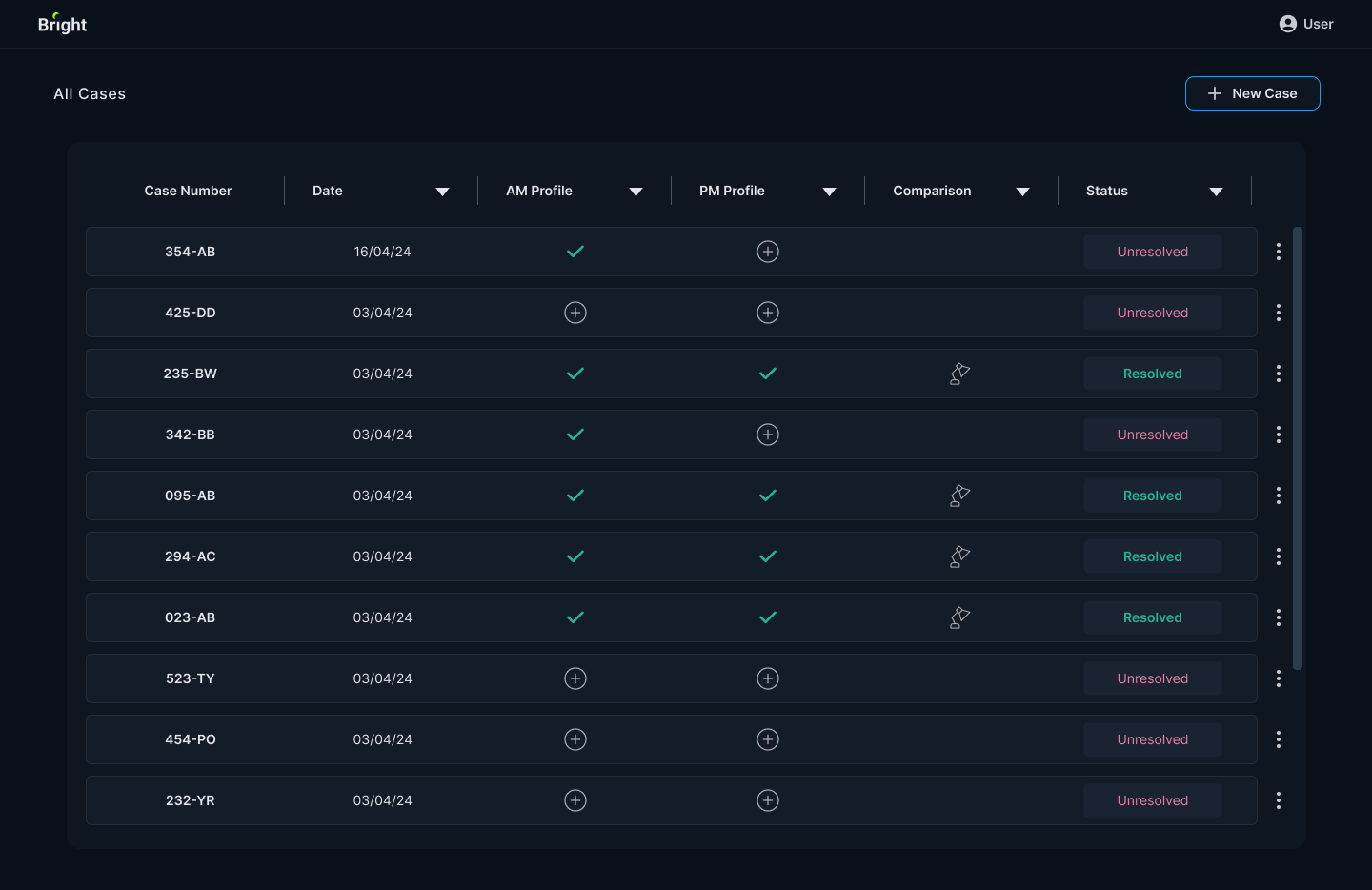
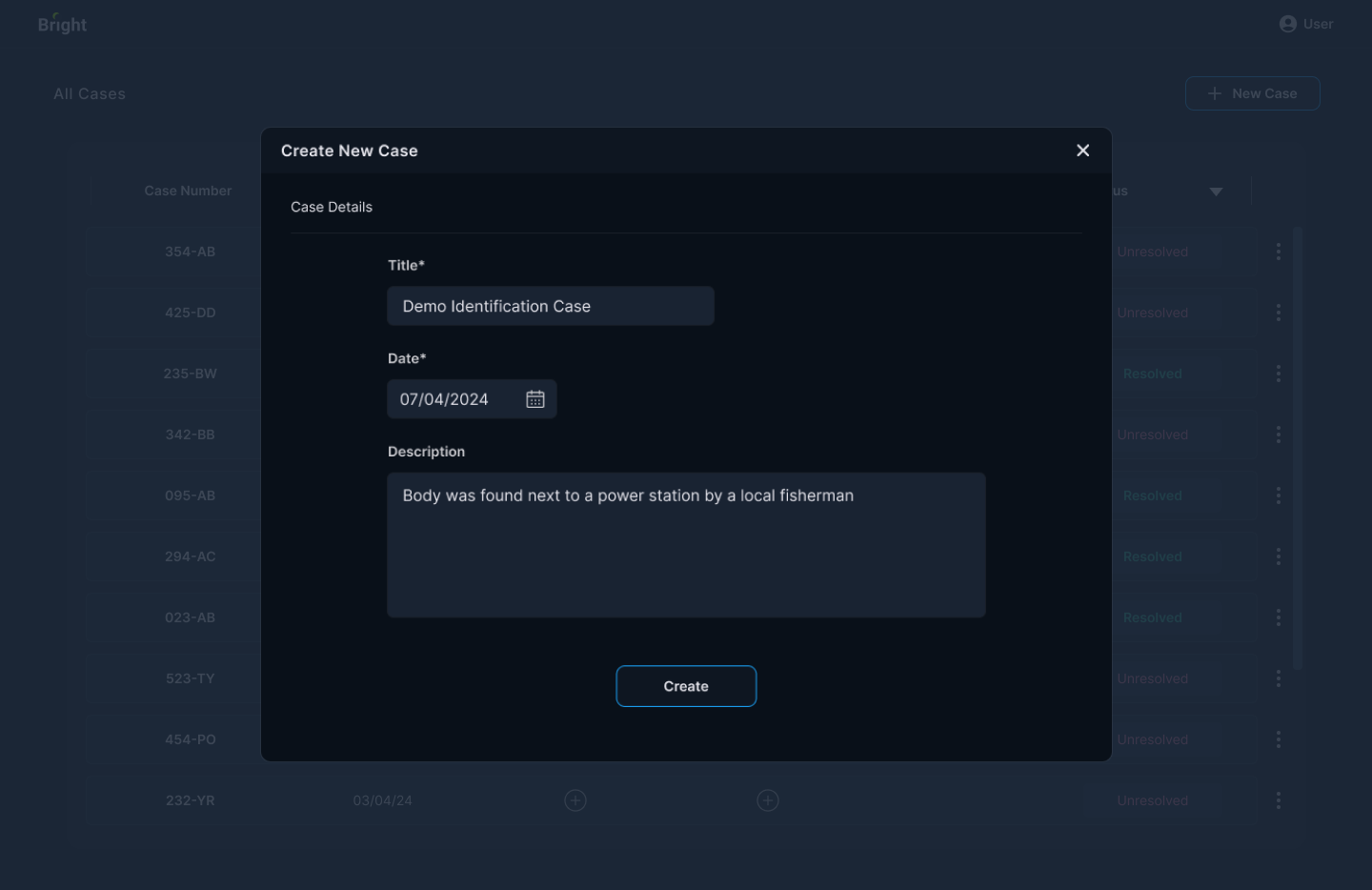
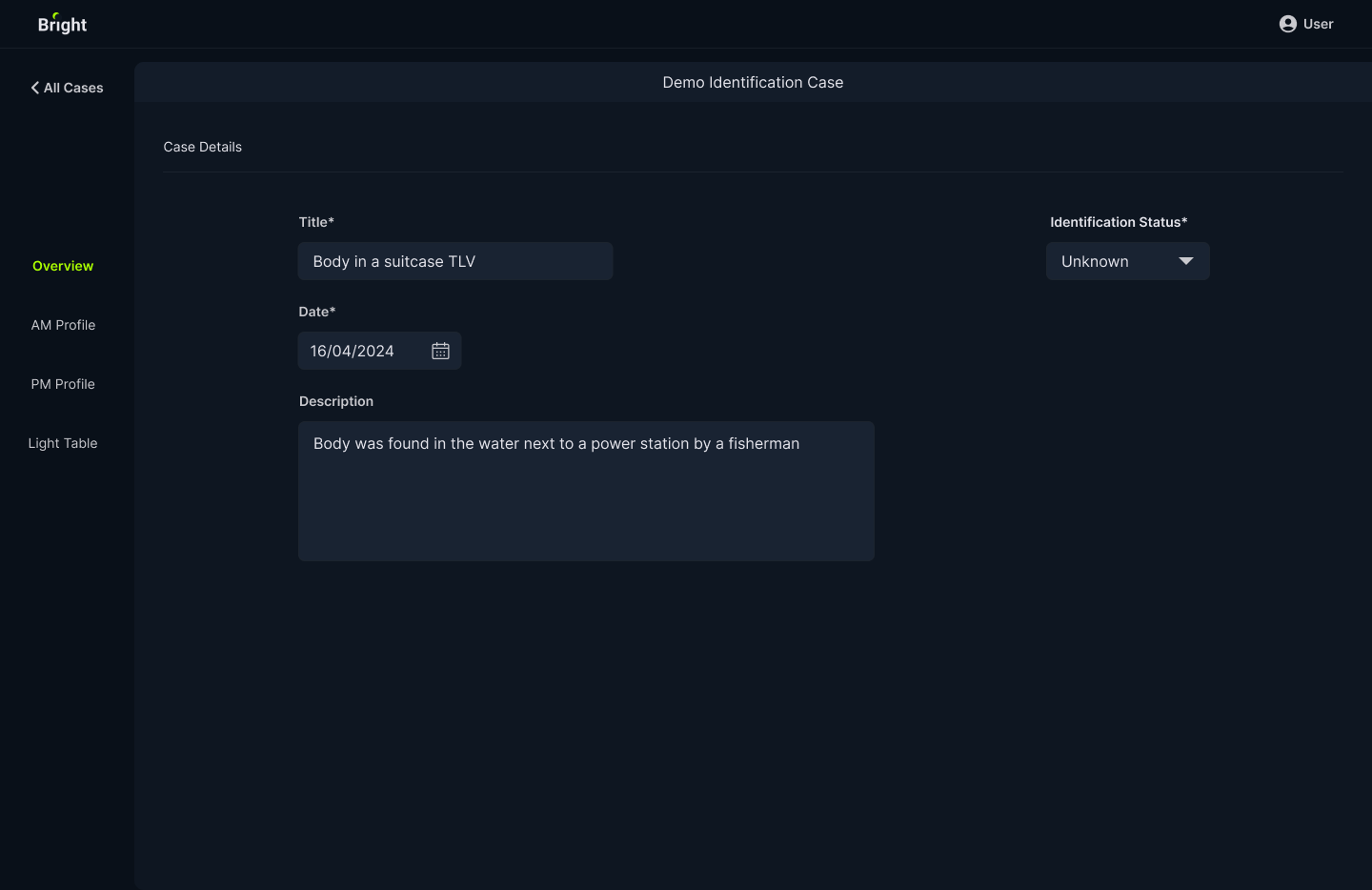
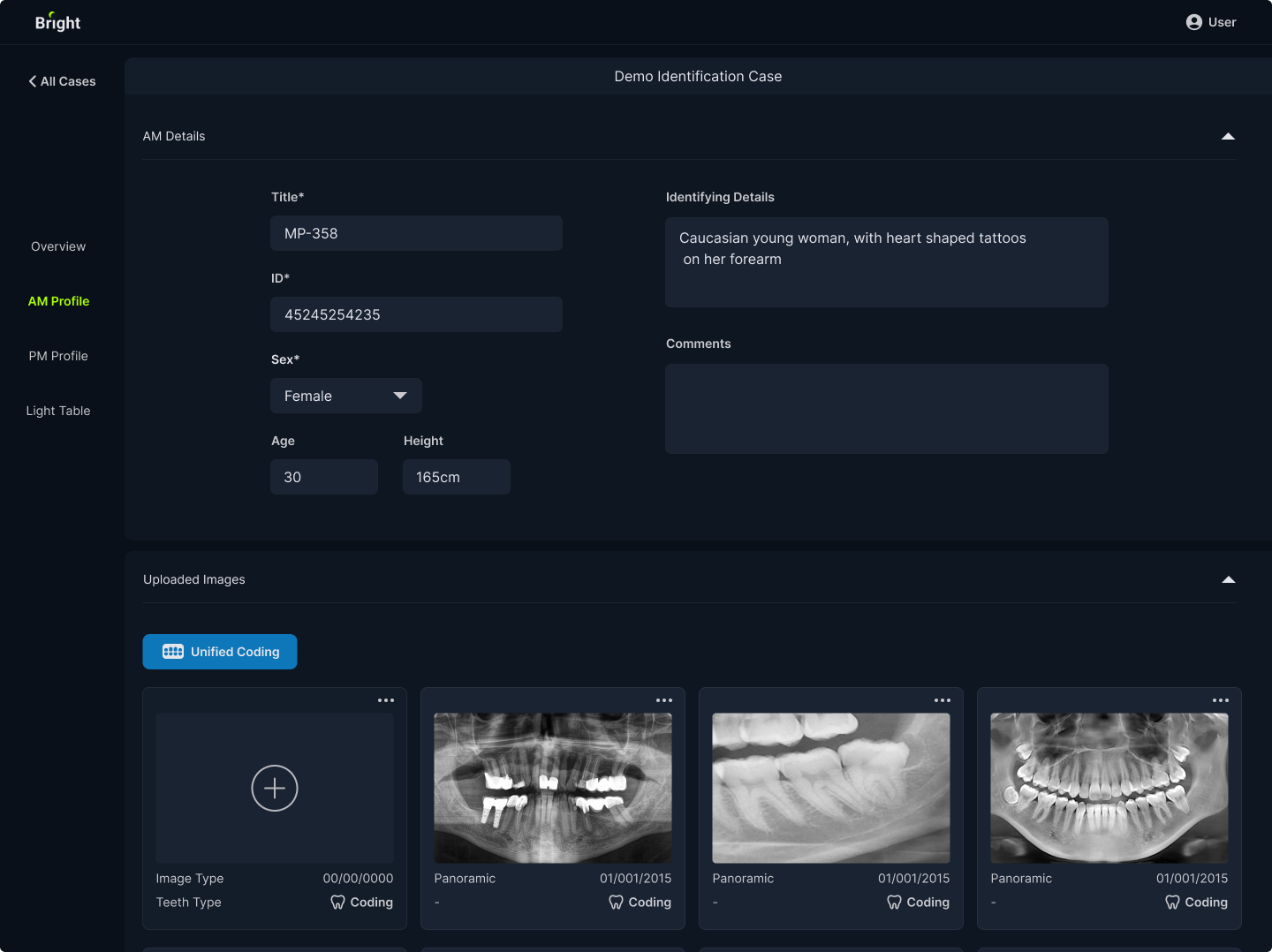
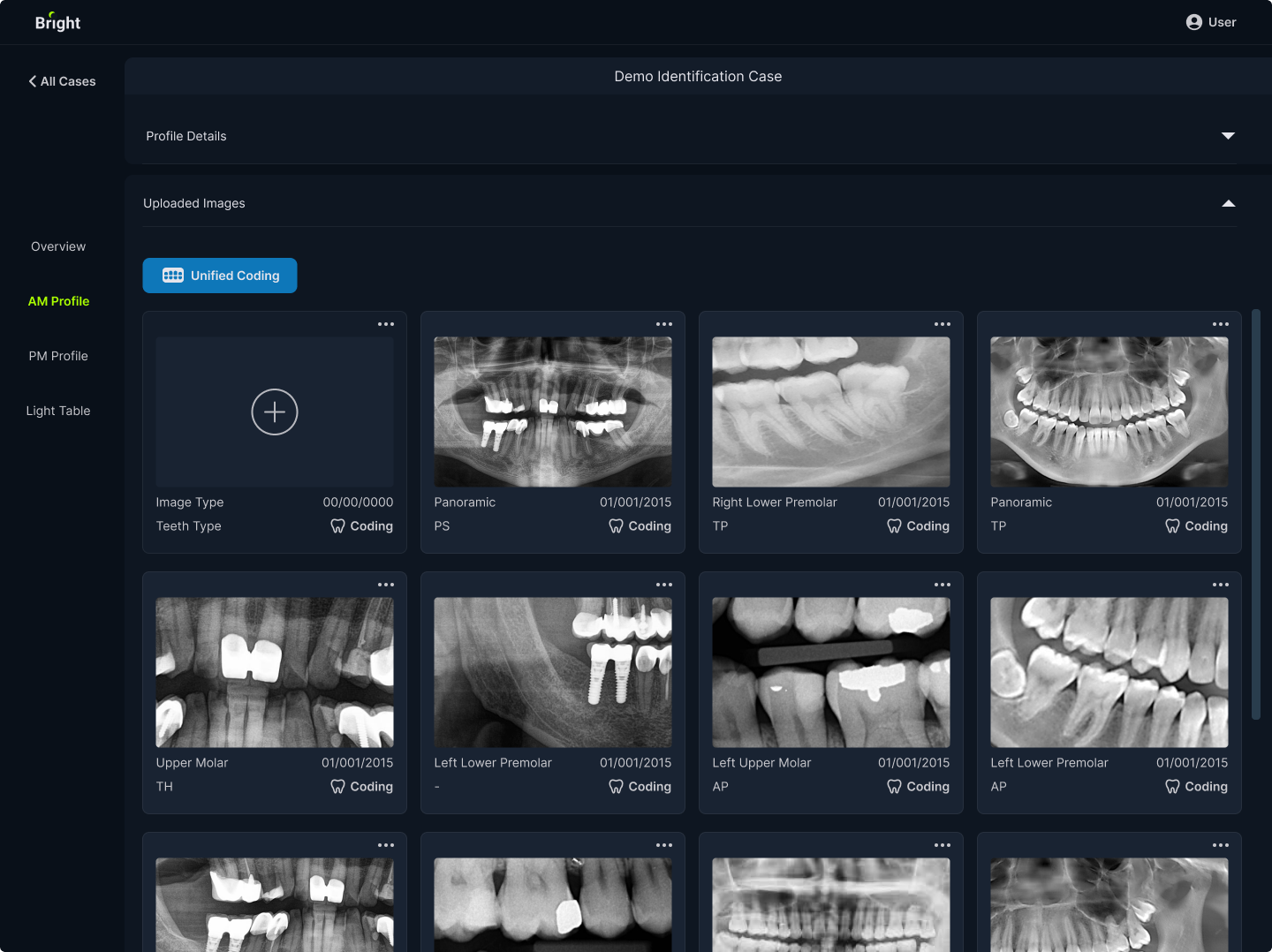
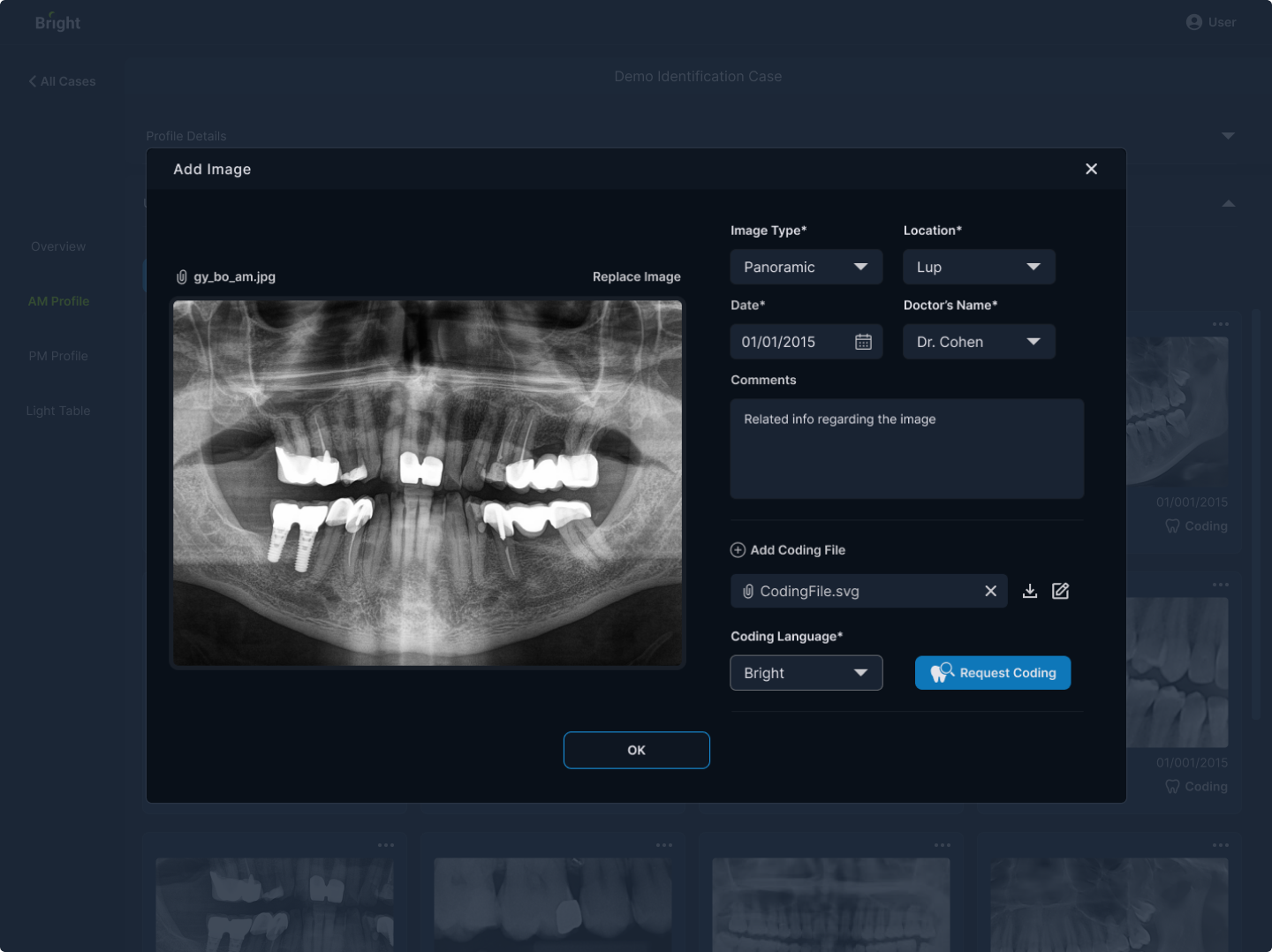

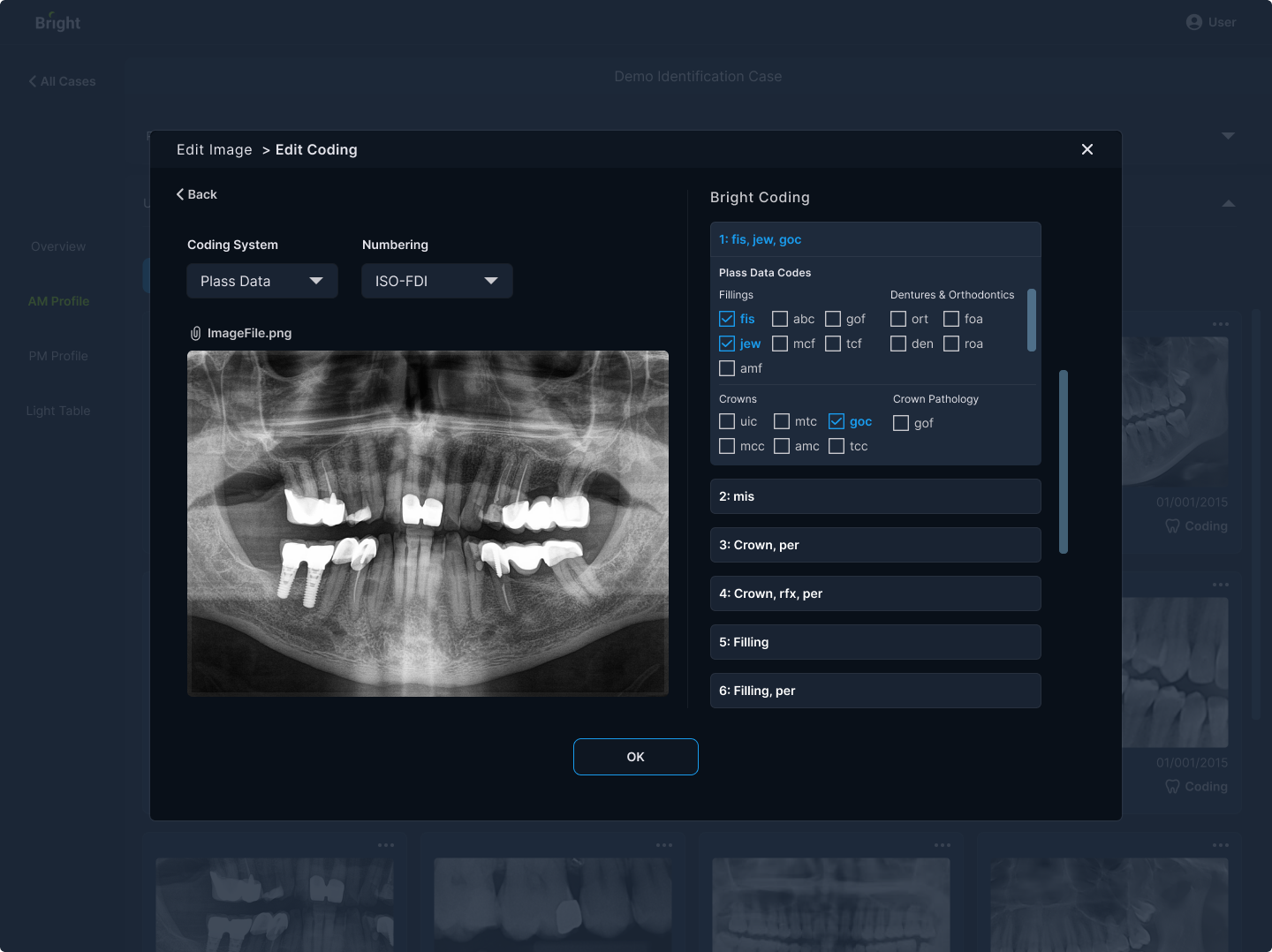


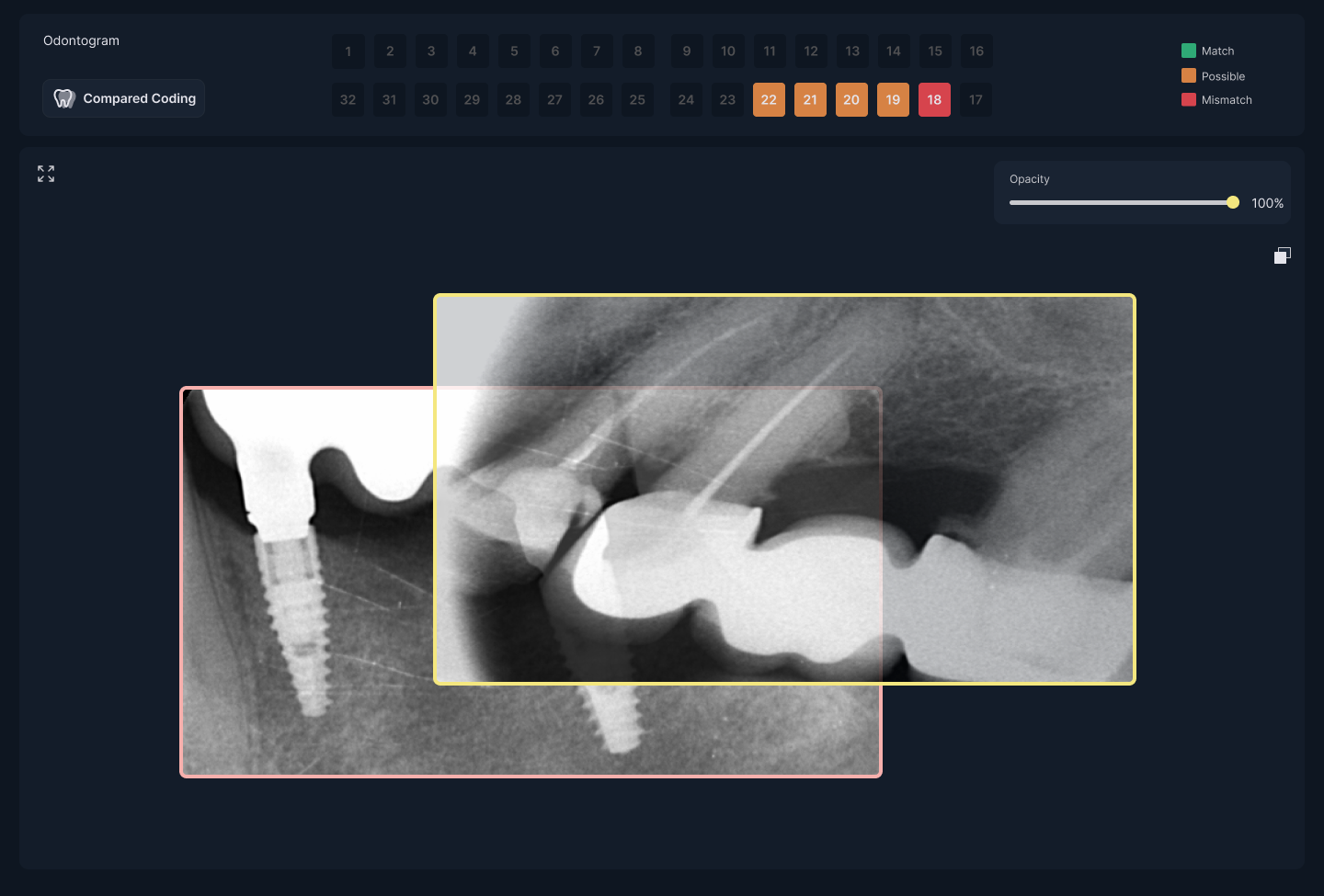
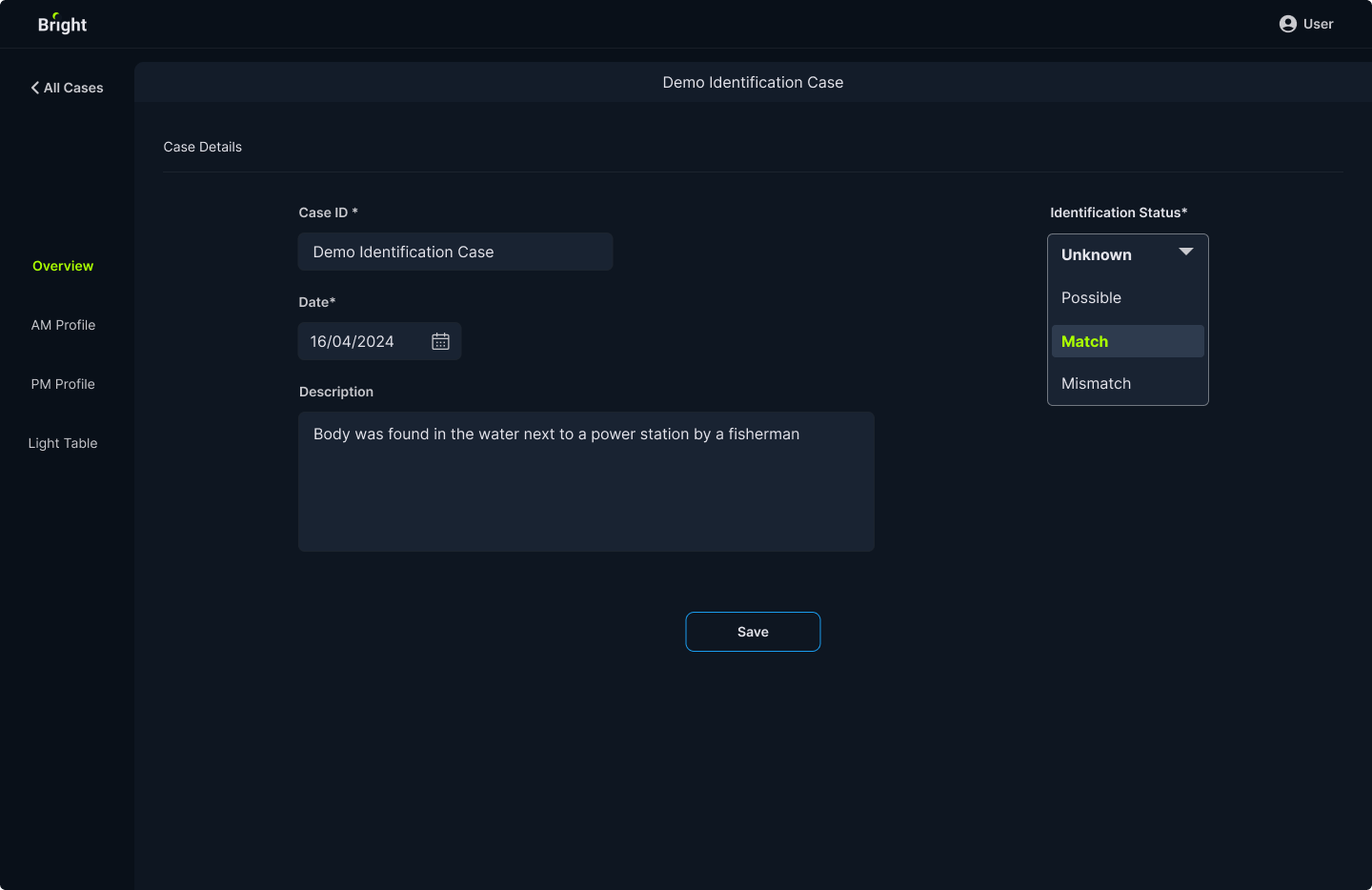
Establishing an initial design system for the MVP version was paramount, laying a solid foundation for future scalability and expansion. By defining consistent design patterns, components, and guidelines early on, we ensured coherence and efficiency throughout the development process. This approach not only facilitated the rapid iteration and refinement of features but also set the stage for seamless integration of new functionalities as the platform grows.

In conclusion, our journey to develop a SaaS solution for forensic identification has been guided by user-centric principles, iterative testing, and a commitment to innovation. Through comprehensive user research, task analysis, and usability testing, we gained invaluable insights that shaped the development of our MVP. By prioritizing flexibility, efficiency, and usability, we've laid the groundwork for a scalable platform that empowers forensic experts to solve cases faster and more accurately. Looking ahead, we remain dedicated to continuous improvement, collaboration, and meeting the evolving needs of our users.